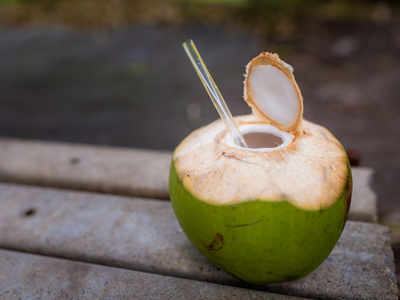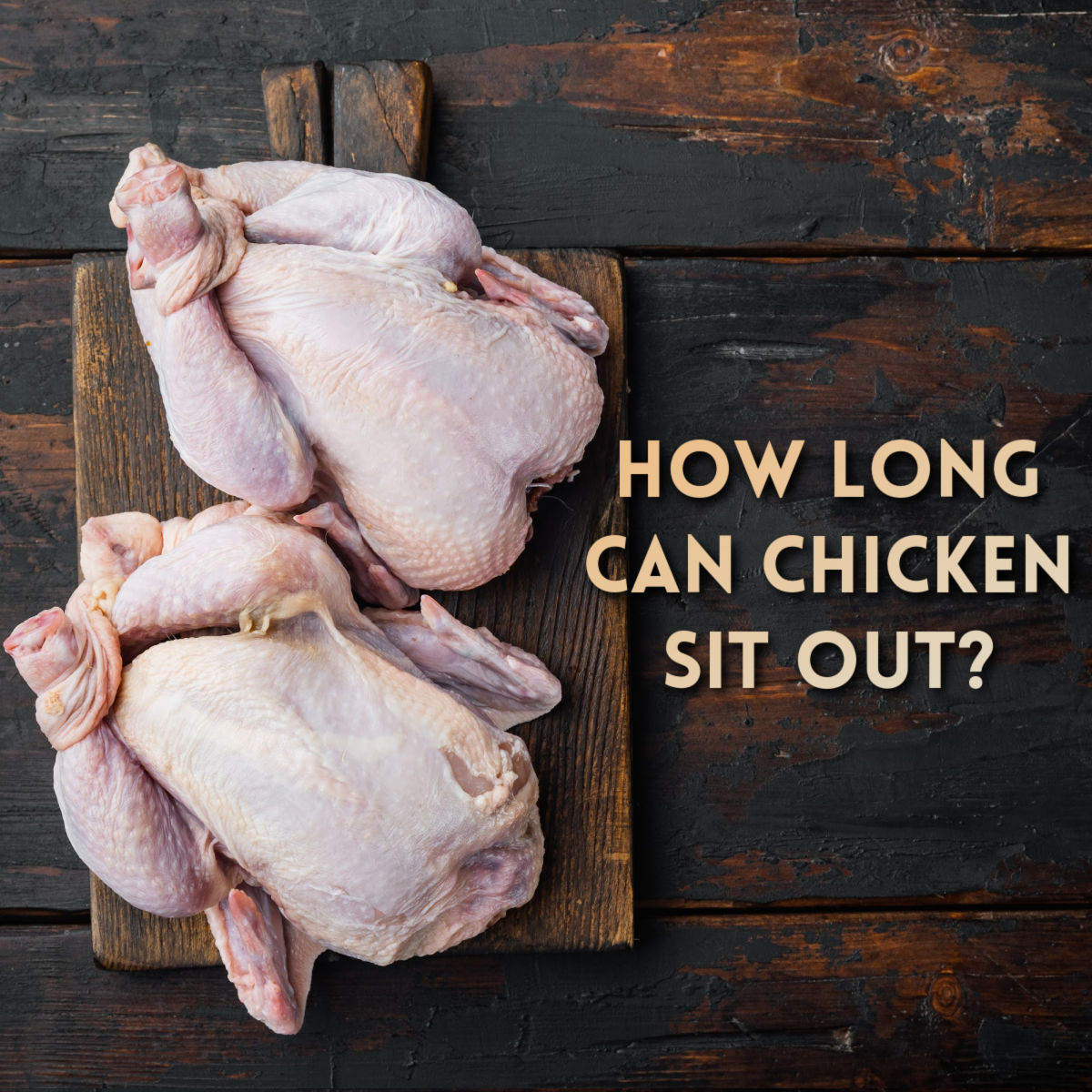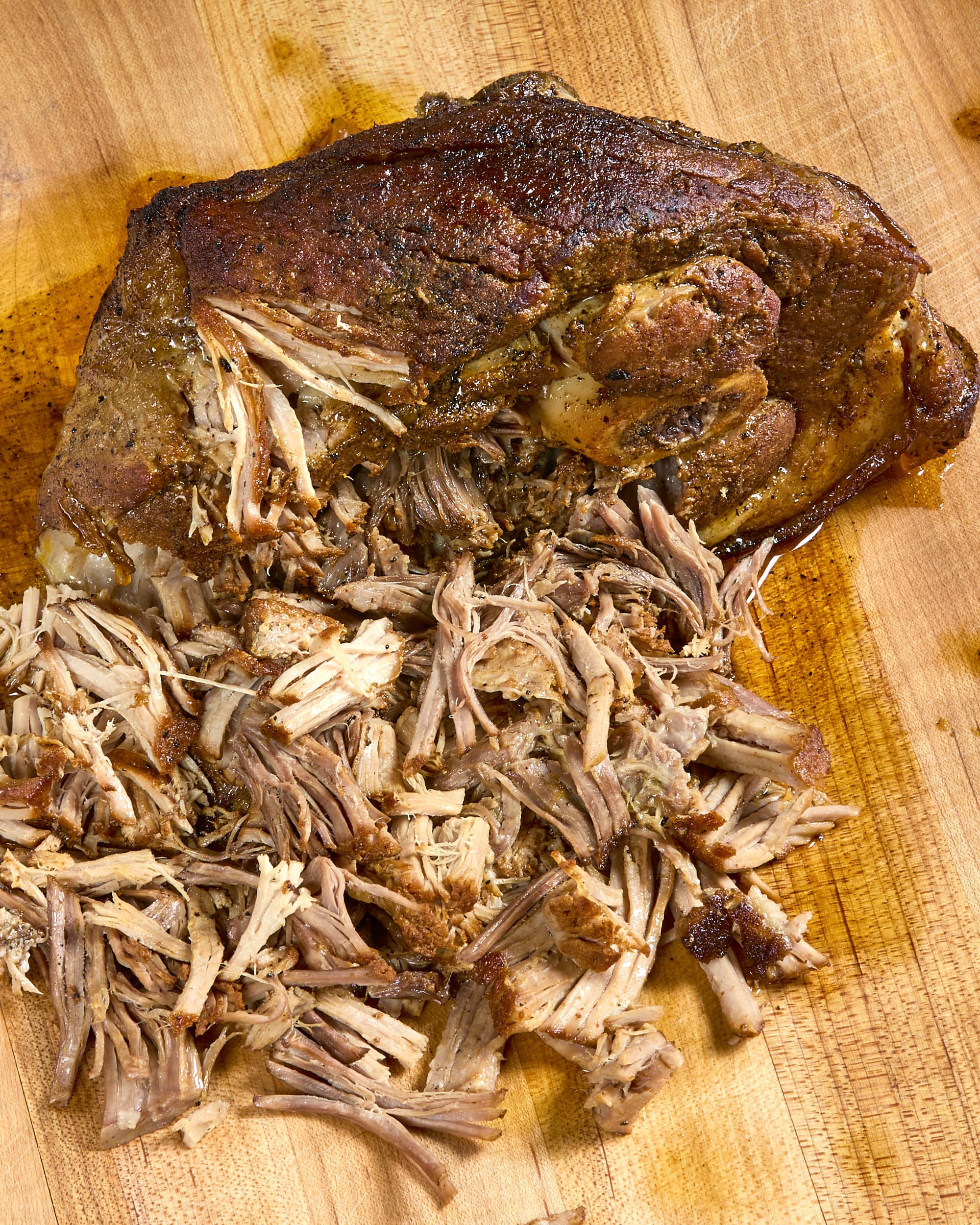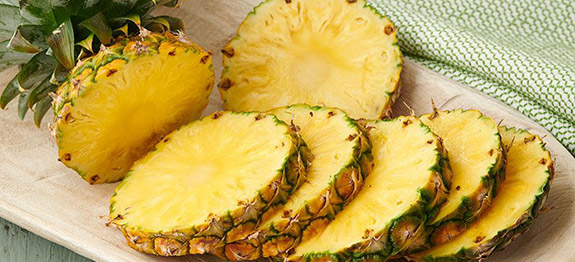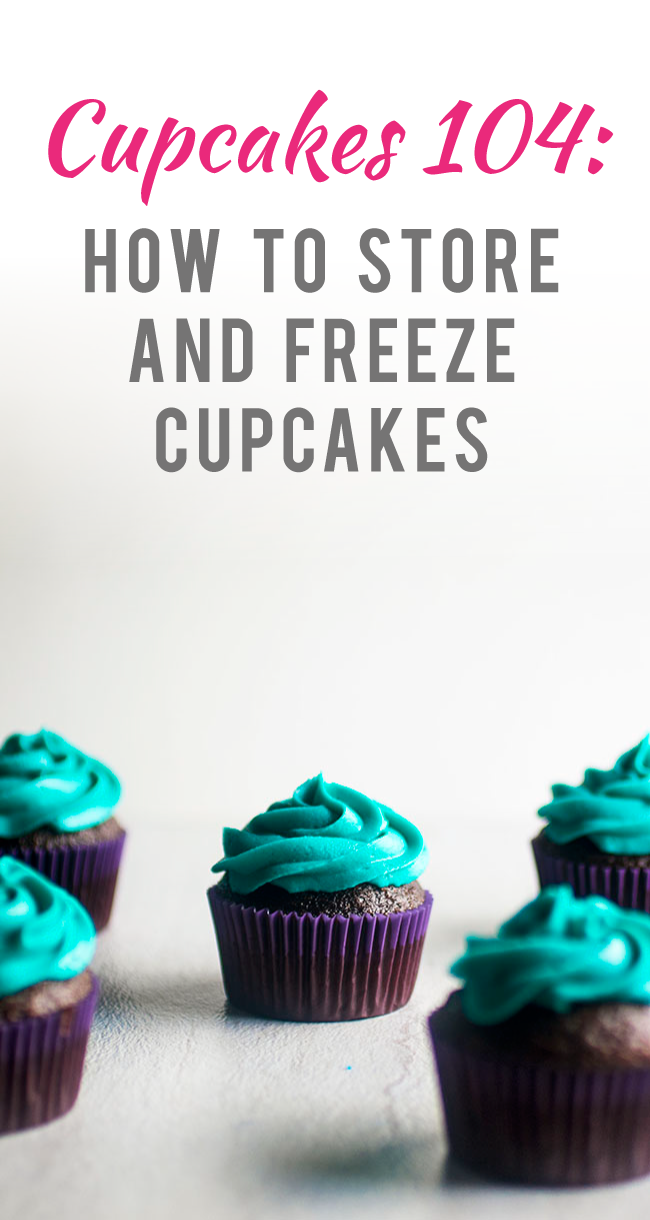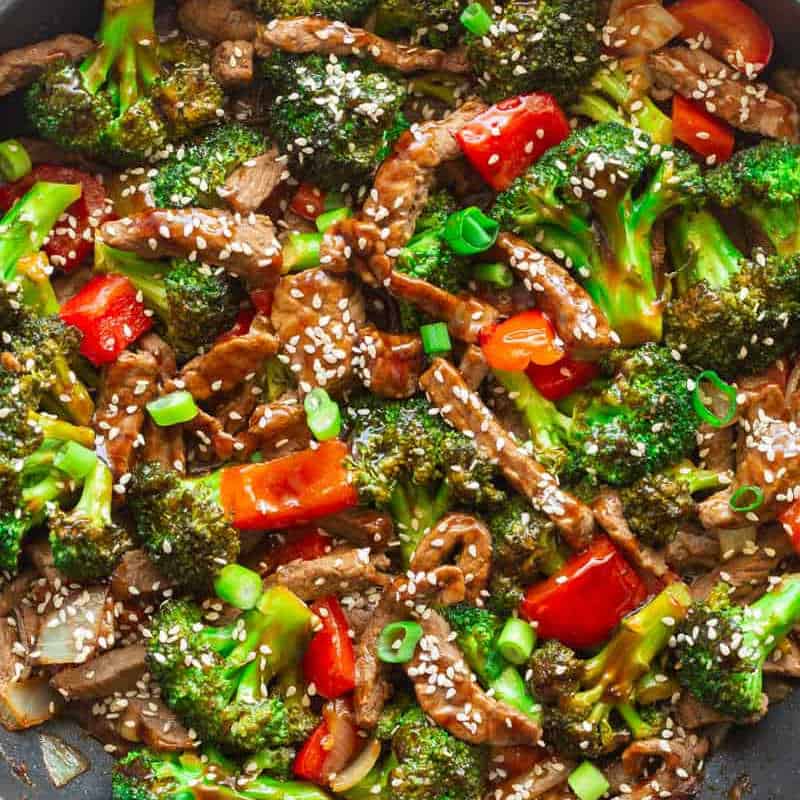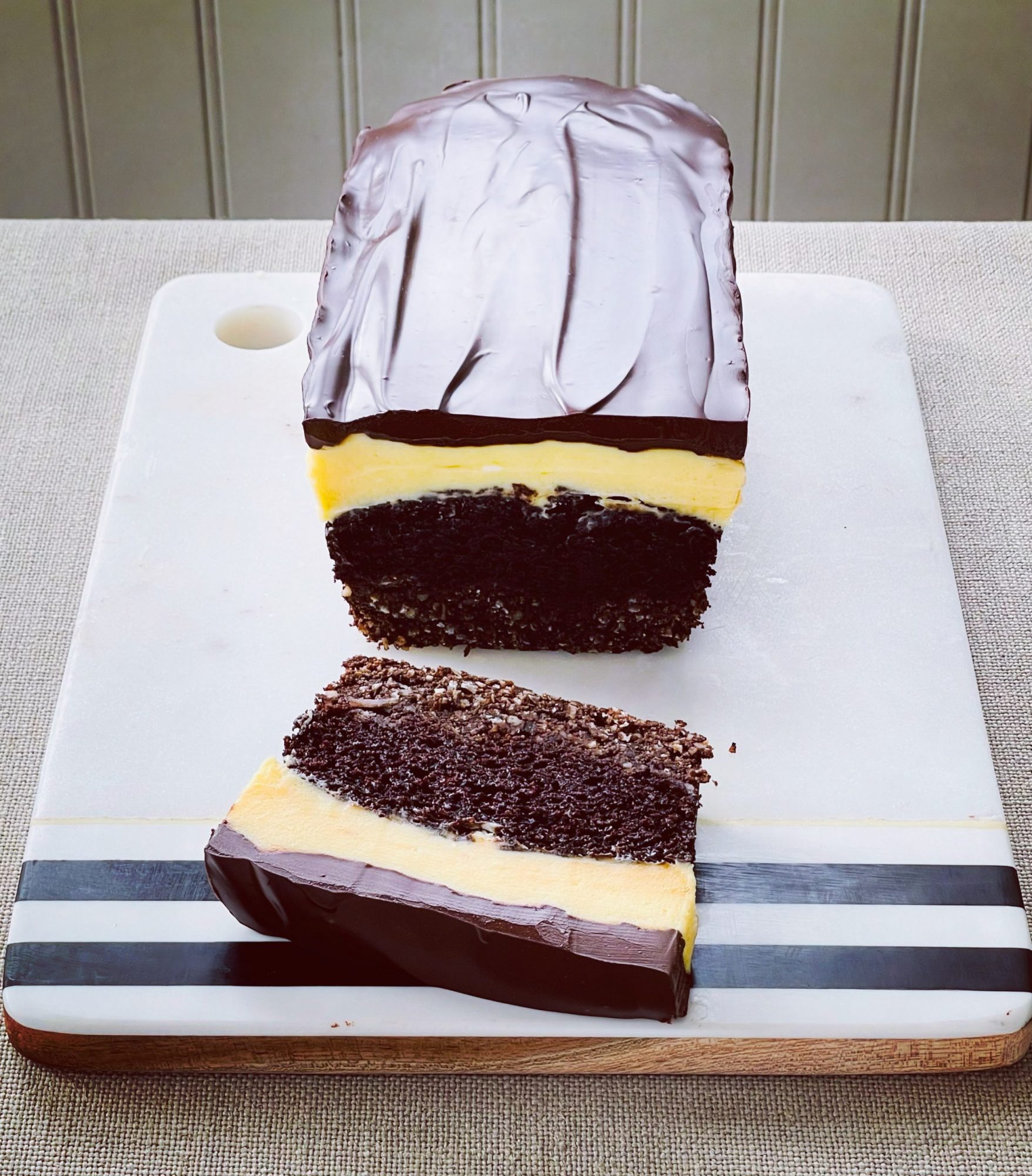The Untold Benefits of Cold Pressed Coconut Water
– Pressed coconut water is known to contain essential electrolytes such as potassium, magnesium, and calcium.
– This type of coconut water is extracted by pressing the flesh of young coconuts, resulting in a more concentrated and flavorful beverage.
– Pressed coconut water contains higher levels of potassium, making it a good choice for replenishing electrolytes.
– It has a creamier texture and a more distinct flavor compared to regular coconut water.
– Pressed coconut water has a slightly thicker and cloudier consistency compared to the clear appearance of regular coconut water, retaining more of the natural pulp and fibers from the coconut flesh.
– Both forms of coconut water are low in calories and fat.
– One potential drawback of pressed coconut water is its availability, as it may be harder to find compared to regular coconut water.
– Pressed coconut water may have a slightly higher price tag due to specialized processing and extraction techniques.
– Pressed coconut water is a versatile and nutritious beverage that offers an alternative to regular coconut water.
– The extraction process of pressed coconut water uses the entire coconut, minimizing waste and maximizing resource efficiency.
– It is also a sustainable choice as it often follows sustainable farming practices such as organic farming and fair trade certifications.
– By choosing pressed coconut water, consumers can support sustainable agriculture and contribute to the preservation of coconut ecosystems.
